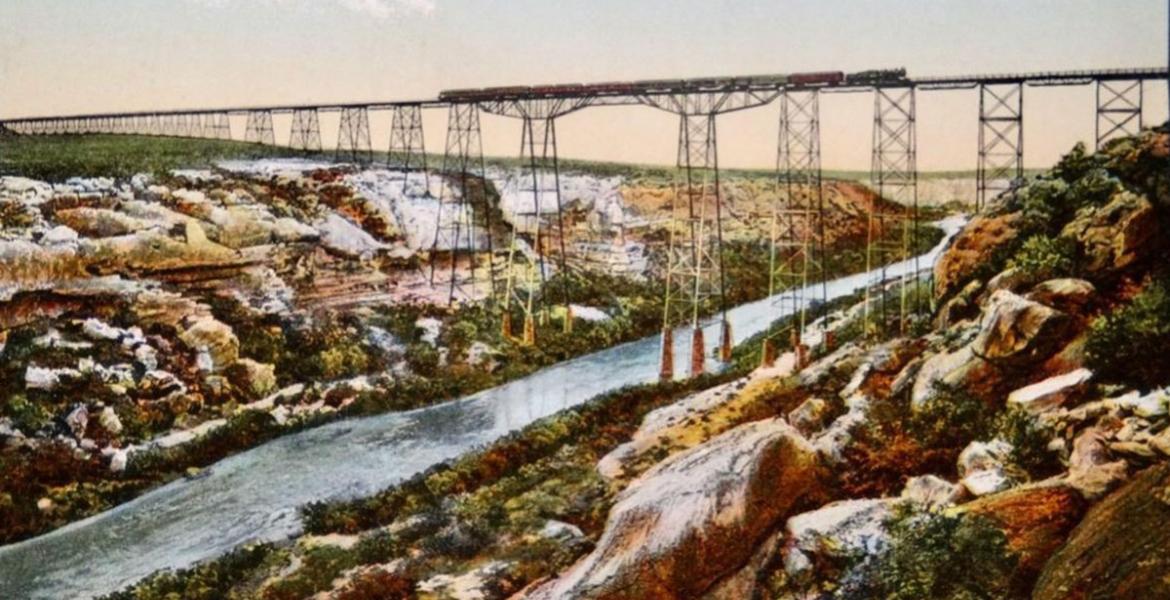Urban areas across the country struggle with congestion and freight movement chokepoints. Ports-to-Plains Alliance understands that reality and the need to address those issues. The Alliance does, however, continue to point out that rural corridors like Ports-to-Plains provide a significant alternative to existing congested corridors. Specifically, the Corridor Development and Management Plan projected a 12% increase in corridor use would take place with the expansion of the corridor to four-lane divided. This increase provides relief to both Interstate 35 and Interstate 25.
The recently released DRAFT Texas Freight Mobility Plan hit the target when it stated “The state must focus not only on improving existing facilities, but also on developing future freight corridors to move products to markets and exports.”
Ports-to-Plains recognizes the need to invest in improvements to the Primary Freight Network, but are strongly supportive of the call to develop alternative corridors as defined by the Secondary and Emerging Freight Network in the Texas Freight Mobility Plan. Each state along the corridor needs to have the foresight shown by TXDOT.
Too often transportation planning is based only on historical numbers looking at population growth, traffic counts and accident histories. When planning is limited to historical data, the areas of congestion and accidents are doomed to continue. Several years ago one of our partners pointed out that based on historical counts no bridge would ever have been built over any river because there were no traffic counts to justify the bridge.
It takes only a quick look at a map to recognize that the miles between urban areas require a safe, efficient system of moving goods through rural areas. Movement of freight and people is about connections. Urban areas rely upon rural corridors to connect to markets and resources necessary to grow their economies. Not only do rural corridors make those connections to markets but they are also sources of the resources needed to drive those economies. As the primary corridor serving the agriculture and energy heartland, the Ports-to-Plains Corridor provides the food, fuel and fiber needed in urban population areas.
Highway expansion through rural areas is significantly more cost effective than expansion of already congested highways serving the urban areas. The costs for right of way and utility relocation combined with the costs of urban drainage, noise barriers, other environmental and even social needs make urban expansion more expensive than rural expansion projects per mile.
Subscribe to the LIVE! Daily
Required






Post a comment to this article here: